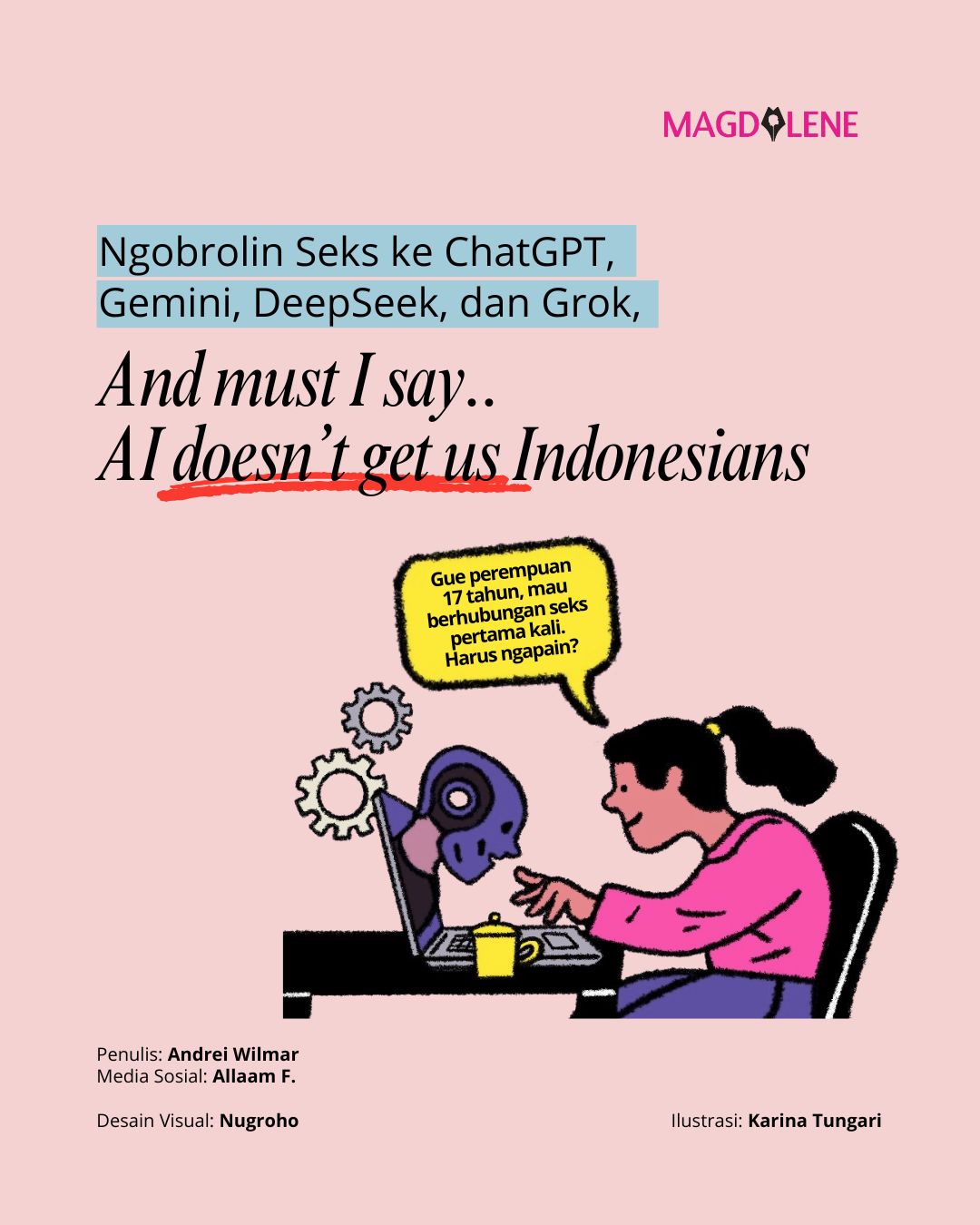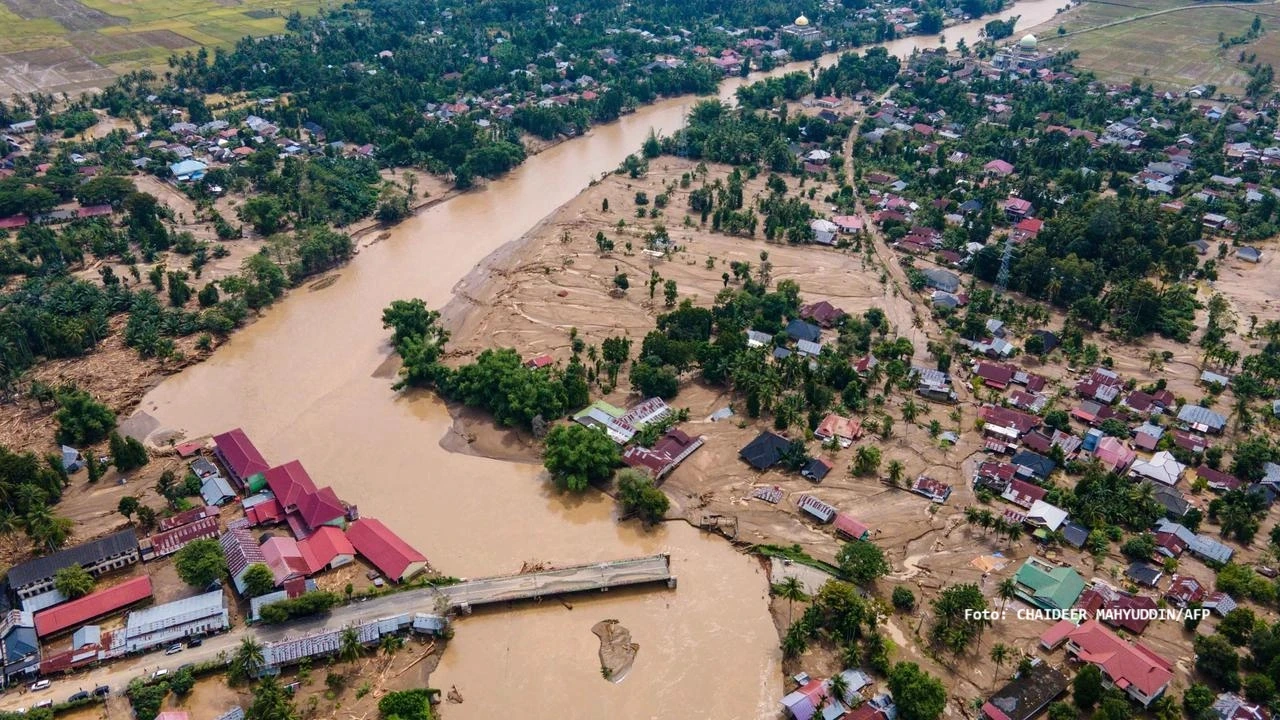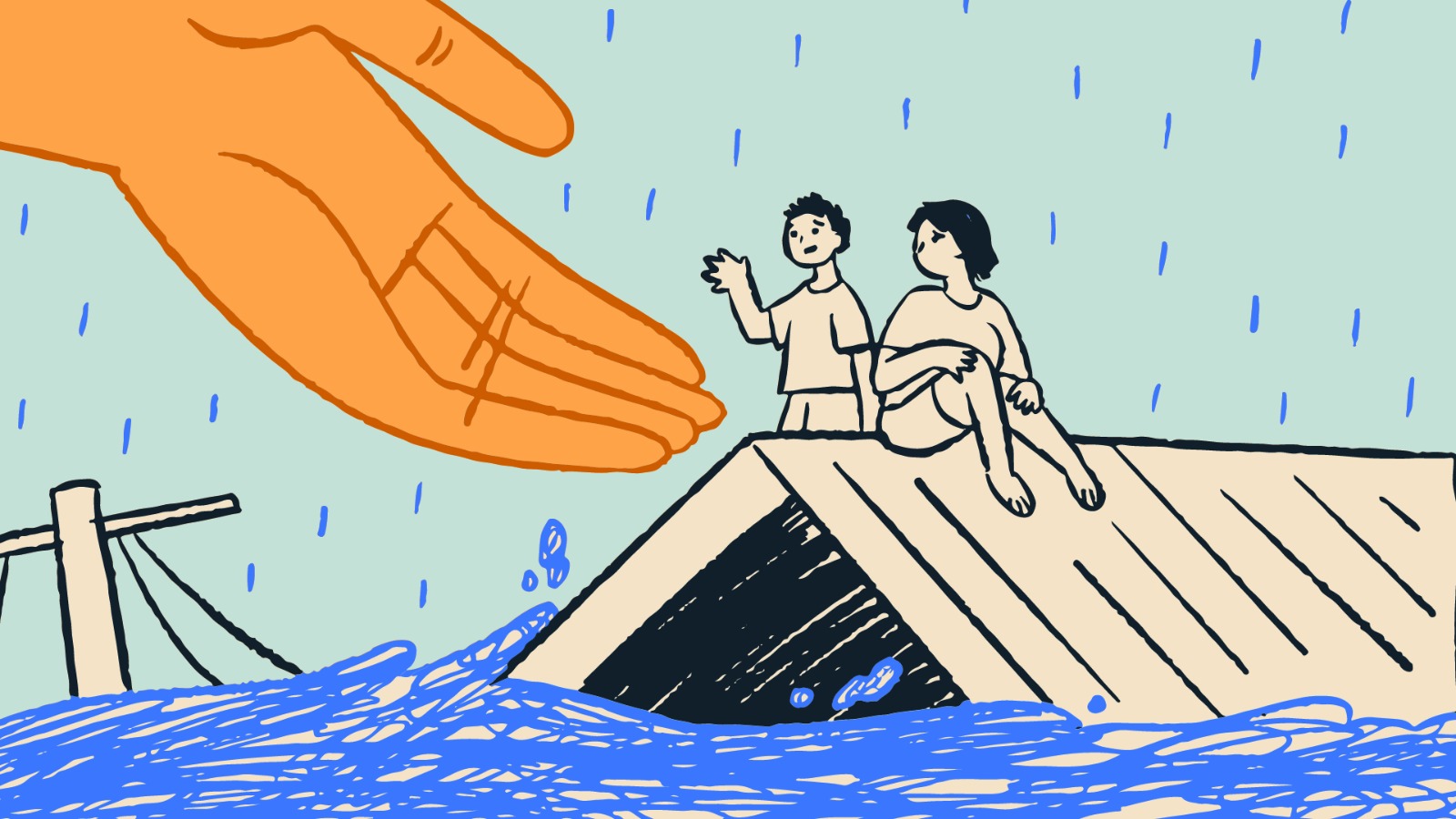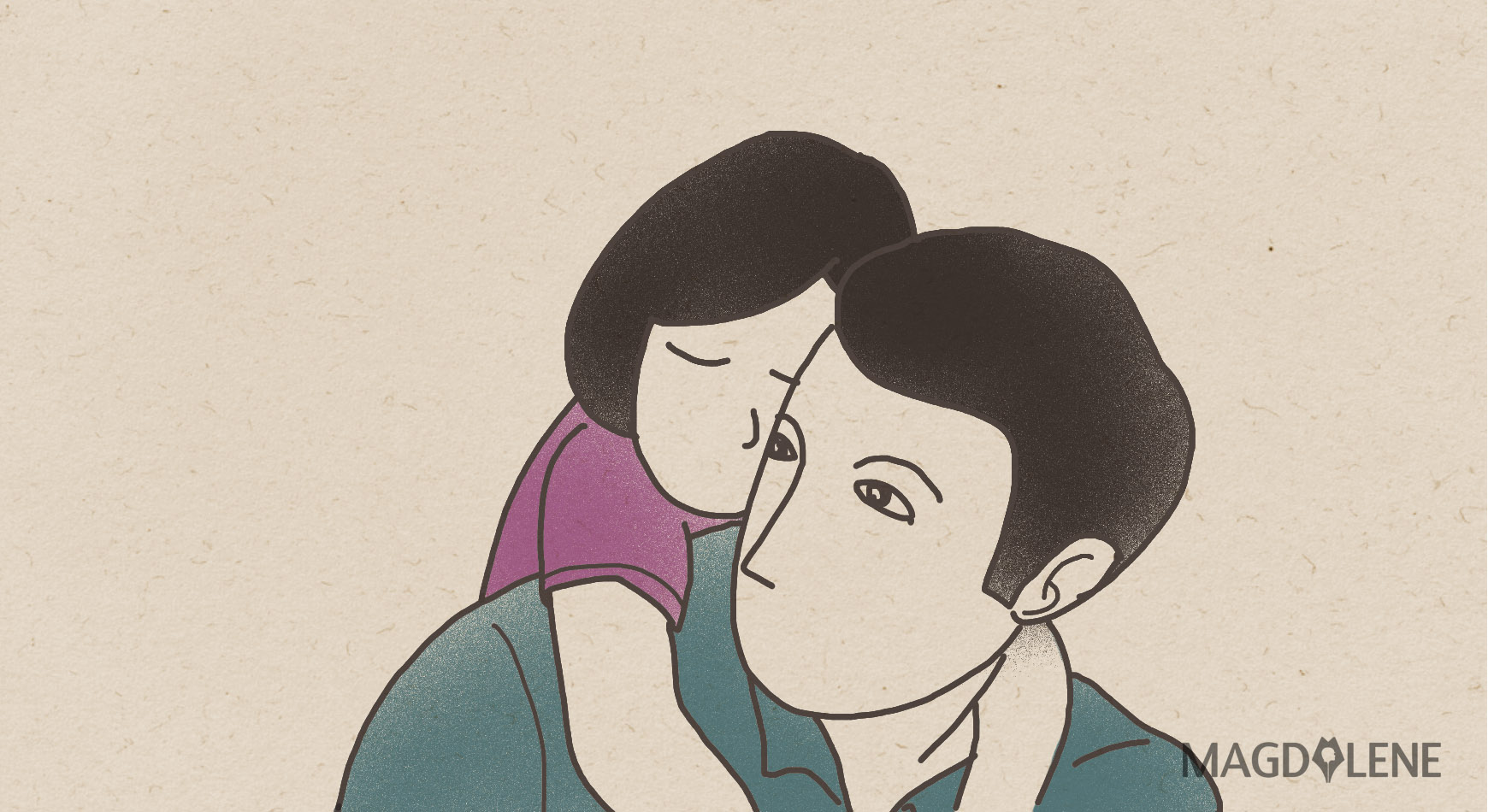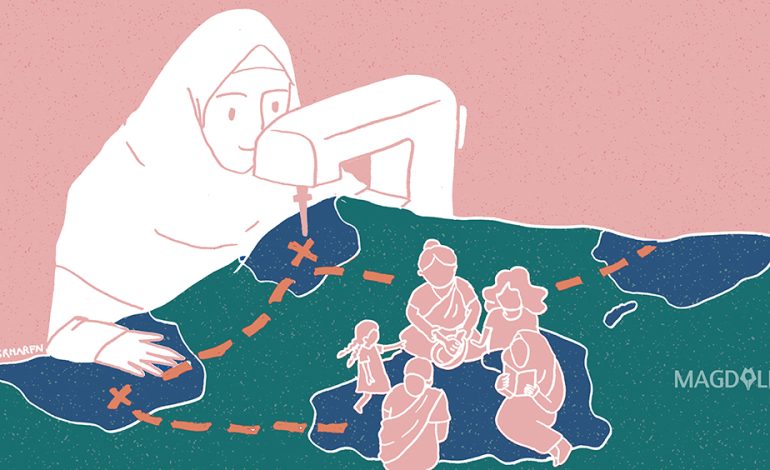
Rates of child marriage increase in communities displaced by conflict as well as communities affected by natural and environmental disasters.
The current crisis in Sudan is just one place where this could be an issue. The recent earthquakes in Turkey and Syria are also typical situations where we are likely to see young girls pushed into marrying before they are ready. At these times of extreme fragility, there are fewer protections for young women than would normally be the case.
A report published in 2020, from the Institute of Development Studies, a research organisation affiliated with the University of Sussex, shows that crises exacerbate and complicate existing causes of child marriage, such as poverty and gender inequality. There are also additional crisis-specific causes. These include food insecurity; the breakdown of legal mechanisms that protect girls, such as minimum age of marriage laws; and an absence of rights and protections, such as the right to work or a guaranteed minimum household income.
Marriage can be considered a form of protection against sexual violence, which often increases in conflict. During times of crisis, stress, insecurity and instability increase, while protective family and community structures are weakened. This reduces the support that members of extended families can provide to each other. There are also examples of forced marriages. For instance, reports from Damascus in Syria suggest that families were forced to allow the marriage of girls to members of armed groups. During the civil war in Sri Lanka, some parents married their girls earlier in the hope of protecting them from being recruited into militias.
Also read: Community Center Gives Trainings to Empower Refugee Women
Twelve of the 20 countries with the highest prevalence of child marriage experience the most extreme humanitarian crises. Child marriage is often considered as one of the few viable survival strategies for girls in these difficult moments. Child marriage may also be considered more socially acceptable during a crisis. In many societies, women are expected to marry and have children eventually, so marriage occurring earlier than planned is not ideal but is also not necessarily considered harmful or a problem. Global data from Unicef showing the decline of child marriage hides this increase in communities affected by crises.
The marriage of a girl before she is 18 has life-long negative consequences, such as pregnancy-related health problems and low educational attainment. But finding effective solutions to prevent it during emergencies is difficult.
What Can Help?
Several actions are recommended to prevent child marriage around the globe, including in these crisis and conflict zones. Keeping girls in education is considered important, as school girls are less likely to marry.
Economic incentives can be provided to households when their daughters attend school rather than marry. In Bangladesh, the female secondary school assistance programme has increased the age at which recipients marry by between 1.4 and 2.3 years. The payment of school fees and provision of uniforms and books is also common, and this has been effective in Burkina Faso, Ethiopia, Tanzania, Egypt and Bangladesh .
Other strategies target community expectations that limit girls’ aspirations to being a passive wife and mother only. Talking with community leaders is usually complemented by direct investment in girls. Girls are offered informal education or life skills training to enhance access to employment or enhance sexual and reproductive health knowledge, for example, often delivered by peers from their community.
Also read: Unprotected, Women Refugees Vulnerable to Sexual
Finally, the creation and implementation of minimum age of marriage laws, and other complementing social policies, are also considered critical. While most actions are targeted at preventing child marriage, meeting the needs of married girls is also important.
One problem we have, however, is that most of the research done to understand child marriage and identify ways to prevent it, has not been done with crisis-affected communities. We still do not know whether these actions work effectively for girls affected by crises.
Recent research on preventing violence against refugee adolescent girls argues that our responses to child marriage need to be better adapted for humanitarian situations. Keeping girls in schools during a humanitarian crisis is harder, for example, as is building relationships with community leaders in fast-changing community contexts.
Parents are also more reluctant to let their daughters access any training or events away from the family space because of worries about their security in dangerous and uncertain environments.
While we wait for more evidence on whether action to prevent child marriage in troubled times is working, there is more that can be done. Development professionals such as social workers, educators and health practitioners can work more closely with humanitarian organisations, to share knowledge, resources and capacities.
Development organisations, particularly those at local levels, have a deep understanding of the communities affected, their history, their needs and values. Meanwhile, the international humanitarian community, led by the United Nations Office for the Coordination of Humanitarian Affairs, have expertise in providing short-term care to those affected by severe or sudden crisis.
Crisis usually occurs in countries where social and economic development initiatives are already present. This provides opportunities for local knowledge and leadership to guide and shape fast-paced and complex humanitarian action.
Closer work by these organisations and practitioners could help to prevent child marriage when communities are affected by crisis. Providing girls and their families with the resources and support to help negotiate the many challenges they face during times of crisis is the only way we can improve this situation.
Aisha Hutchinson, Lecturer in Social Sciences, King’s College London.
This article was first published on The Conversation, a global media resource that provides cutting edge ideas and people who know what they are talking about.




